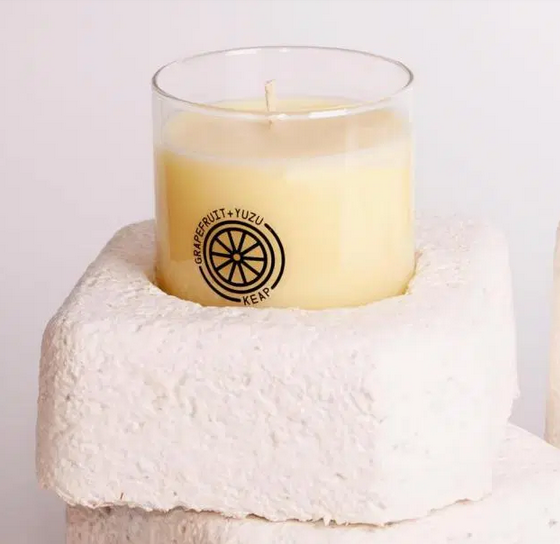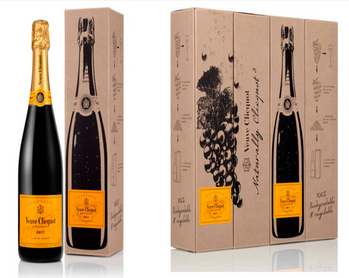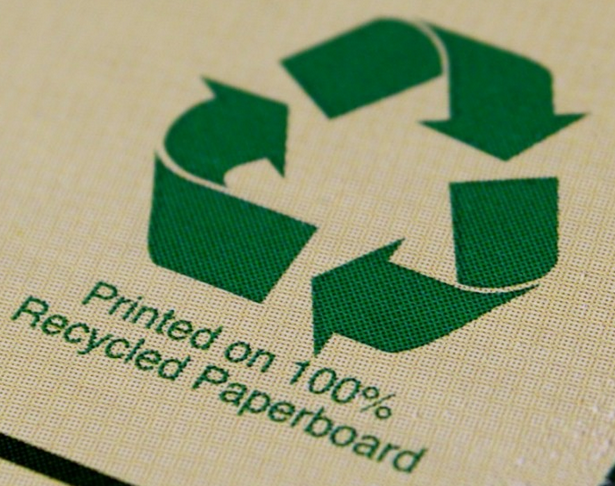Transformative Changes in Recycled Packaging
Recycled packaging is made of materials that can be used again, usually after processing. We can call this green packaging, which is often sourced from plant-based, recycled, or biodegradable materials.
The difference between biodegradable versus recyclable content is a simple one
Plastics tend to be recycled and remade into the same or similar product, while biodegradable items are meant to break down into soil. Compostable materials, if properly disposed of, are made of natural materials and will break down completely, after which they can be grown into new resources. Recycled paper and plastic are the two most common and basic packaging options. Paper is made from renewable resources, and is recyclable and compostable. On the flip side of the coin, plastic is more energy efficient to produce, and to recycle.
Let’s look at some recent trends in unconventional packaging options that are gauging interest worldwide:

IKEA Fungi Packaging
Mushrooms & Oats:
Mycelia is an outer shell of the mushroom that, when combined with oats, can form a solid cardboard-like material to package items. IKEA is known for using such material. ‘Fungi packaging’ as they call it, which only takes about 30 days to decompose, would reduce waste and promote recycling. It is almost as durable as plastic, and resembles Styrofoam. Retailers hope to turn this into a long term initiative.
Coconut Husks:
The fibre found in coconut husks, called lignin, is known to be burn resistant, making it an excellent choice for sustainable packaging. Many packaging design companies opt for this low water absorption material, as it is ideal for making restaurant to-go boxes.
Potato Starch and Grape Skins:

Naturally Clicquot Recycled Packaging
Maison Veuve Clicquot began using potato starch and grape skins from their own alcohol-making process to box the champagne – part of a line they titled Naturally Clicquot. These grape-derived packages are 100% biodegradable and recyclable.
These ingenious and eco-friendly solutions are just the ticket to gain curiosity and popularity among consumers. Other iconic brands such as Gucci, Burberry, Paul Smith, Frank and Oak and Lush, to name a few, have all transitioned to 100% sustainable paper/cardboard packaging across their businesses.
As with all packaging, each company’s approach to using recycled content is different. The percentage of recycled content varies; for example, The UK Plastics Pact commits to a target of 30% recycled content in all packaging by 2025. Zero-waste packaging is becoming a top item on every company’s agenda. Ecommerce packaging has created a definitive guide for brands to use as a reference in selecting the types of packaging for their products.
Making transformative changes is a daunting task, and requires the participation of individuals in each part of the funnel, if we want to see transformative results.
How can consumers properly recycle packaging and leave a minimal carbon footprint to reduce landfill waste?

Recycled Packaging
Companies must communicate a clear message to the consumer that the packaging has been sourced from recyclable materials, and how to properly dispose of it. This can be indicative through creative means, like illustrations on cereal boxes, for instance. The Sustainable Packaging Coalition has found that 62% of companies worldwide make it either a common practice or a benchmark goal to commit to using recycled content in their packaging. According to P&G, home cleaning products aim to use up to 100% post-consumer resin in their packaging, and include this on labels to ensure that the end product aligns with their sustainability goals.
